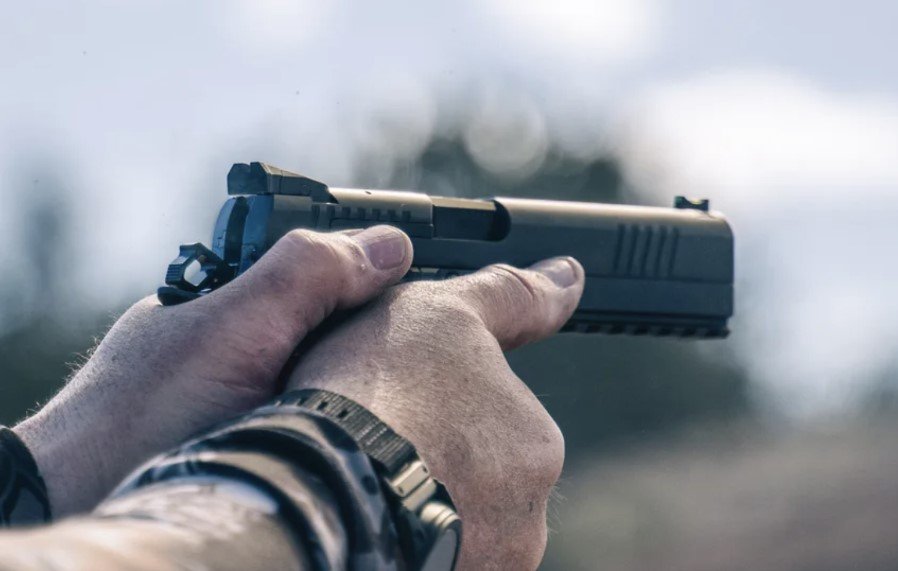Selecting the right pistol for tactical professionals is a critical decision that directly impacts their effectiveness and safety in the field. Whether engaged in law enforcement, military operations, or private security, these professionals rely on their firearms as essential tools of their trade. Therefore, the process of choosing a pistol goes beyond personal preferences and extends to factors such as reliability, ergonomics, caliber, and mission-specific requirements. Here, we delve into the essential factors, including a comparison between Glock 17 vs 19, that tactical professionals must consider when selecting pistols for their duties.
- Reliability and Durability:
The cornerstone of any tactical pistol selection is reliability. Tactical professionals operate in high-stakes environments where their lives and the lives of others depend on the functionality of their firearms. Therefore, the chosen pistol must be renowned for its reliability and durability. Firearms from reputable manufacturers with a track record of producing reliable weapons are often preferred. Additionally, pistols with minimal susceptibility to malfunctions, even under adverse conditions like dust, mud, or extreme temperatures, are highly sought after.
- Ergonomics and Comfort:
Comfort and ergonomics play a crucial role in a tactical professional’s ability to operate their pistol effectively, especially during extended engagements or training sessions. A pistol should fit comfortably in the hand, allowing for a natural point of aim and easy access to controls such as the trigger, magazine release, and safety mechanisms. Adjustable grips or interchangeable backstraps can further enhance ergonomics, accommodating different hand sizes and preferences among users.
- Caliber Selection:
Choosing the appropriate caliber for a tactical pistol is a decision that requires careful consideration. Factors such as stopping power, recoil control, ammunition availability, and penetration capabilities must all be weighed. Common calibers used by tactical professionals include 9mm, .40 S&W, and .45 ACP, each with its own advantages and drawbacks. Ultimately, the chosen caliber should strike a balance between stopping power and controllability, allowing for rapid and accurate follow-up shots if necessary.
- Size and Weight:
The size and weight of a pistol can significantly impact its suitability for tactical use. While compact and lightweight pistols offer enhanced maneuverability and ease of concealment, they may sacrifice magazine capacity and recoil control. On the other hand, full-sized pistols provide greater stability and control but may be more cumbersome to carry or conceal. Tactical professionals must assess their specific needs and mission requirements to determine the ideal balance between size, weight, and performance.
- Sights and Optics Compatibility:
A pistol’s sighting system plays a critical role in target acquisition and accuracy, especially in low-light or high-stress situations. Tritium night sights or fiber optic sights can improve visibility in low-light conditions, while adjustable sights allow for precise zeroing and customization. Additionally, the increasing popularity of miniature red dot sights (RDS) offers tactical professionals enhanced target acquisition speed and accuracy, provided the pistol is compatible with such optics.
- Accessories and Customization:
The ability to customize and accessorize a pistol according to individual preferences and mission requirements is highly valued among tactical professionals. Features such as accessory rails for mounting lights, lasers, or other tactical equipment, as well as threaded barrels for suppressor compatibility, can enhance the versatility and effectiveness of a pistol. Furthermore, aftermarket trigger upgrades, slide modifications, and grip enhancements allow users to tailor their firearms to their specific needs and preferences.
- Maintenance and Support:
Proper maintenance is essential to ensure the continued reliability and performance of a tactical pistol. Therefore, tactical professionals should consider factors such as ease of disassembly, cleaning, and maintenance when selecting a firearm. Additionally, access to manufacturer support, warranty coverage, and availability of spare parts are crucial considerations, particularly for those operating in remote or austere environments where professional armorer support may be limited.
- Training and Familiarity:
No matter how advanced or feature-rich a pistol may be, its effectiveness ultimately depends on the skill and proficiency of the user. Tactical professionals should undergo thorough training and familiarization with their chosen pistol, including regular practice sessions and scenario-based training exercises. Familiarity with the pistol’s operation, handling characteristics, and manual of arms is essential for optimizing performance and making split-second decisions under pressure.
Conclusion:
Selecting the right pistol for tactical professionals is a multifaceted process that involves careful consideration of factors such as reliability, ergonomics, caliber, size, accessories, maintenance, and training. By prioritizing these essential factors and conducting thorough research and evaluation, tactical professionals can ensure they are equipped with firearms that meet their operational needs and enhance their effectiveness in high-stakes environments. Ultimately, the chosen pistol should inspire confidence, reliability, and trust in the hands of those who rely on it to accomplish their missions and protect lives, including the comparison between Glock 17 vs 19 for their specific advantages and suitability in various tactical scenarios.
